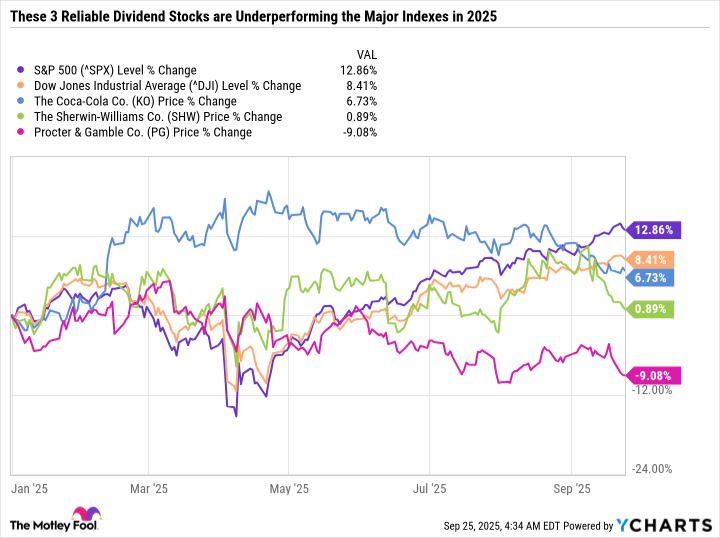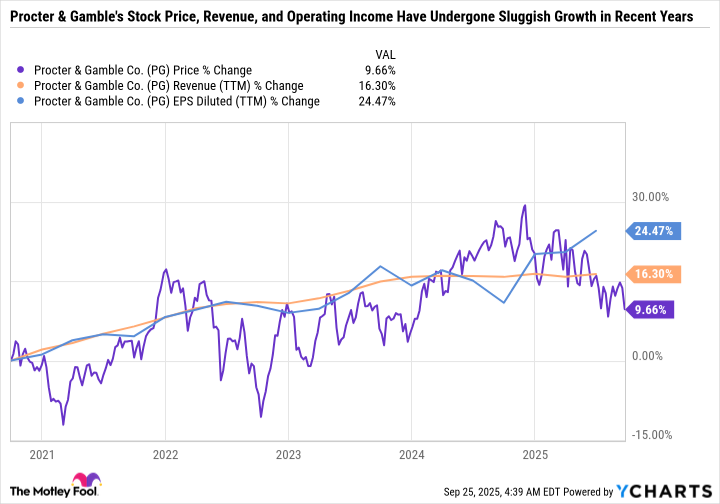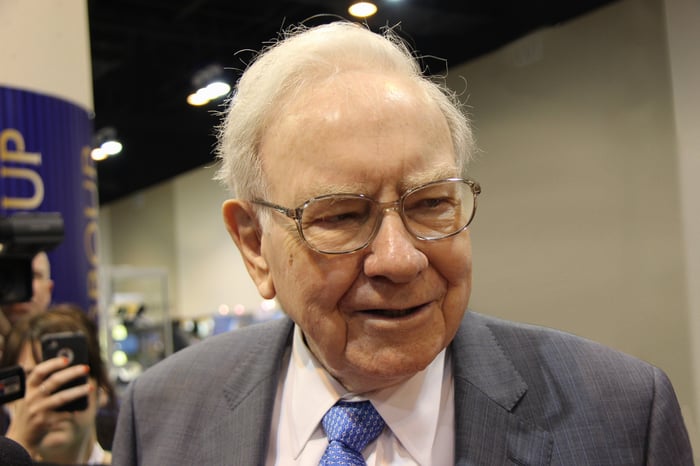3 Growth Stocks Down 40% to Buy Right Now
These stocks are down, but certainly not out. Take a closer look before they bounce back.
The market’s moving higher, and there’s a good chance that many of the stocks in your portfolio are having a good year. That doesn’t mean that you have a portfolio loaded with winners. Every investor has laggards, and for me, one of them is Target (TGT 1.02%). I’ve owned the discount retailer through some good years, and lately some bad ones.
Target shares have been cut nearly in half over the past year. Investors tend to shy away from falling stocks, but this out-of-favor stock is high on my list of potential purchases in November. And it’s not the only name I’m looking at. I believe that Duolingo (DUOL 4.29%) and Crocs (CROX 6.63%) — two other stocks I own that have fallen by at least 40% from their 52-week highs — are also ready to bounce back; I think they’re out-of-favor stocks to buy right now.
Let me dive into what I hope will be a timely contrarian take on Target, Duolingo, and Crocs.
1. Target: down 46%
Before I go into what’s holding Target back these days, I want to talk about its juicy dividend. The cheap-chic chain is currently yielding 5.2%, a historic high. With money-market and fixed-income yields heading lower, Target’s quarterly distributions are worth celebrating.
Target is good for the money; it has found a way to boost its dividend for 54 consecutive years. You know how they say that e-commerce will be the end of brick-and-mortar chains? Well, Target has found a way to deliver hikes every year since the commercialization of the internet. This Dividend King‘s latest guidance calls for a profit of between $7 and $9 per share this year, meaning a healthy payout ratio of 51% to 65%.

Image source: Getty Images.
The dividend is sustainable, despite Target’s recent misfires. The retailer is struggling to connect with shoppers. In-store comparable sales slipped 5.7% in its most recent quarter, with overall comps down 3.8% for the period. It’s losing market share — a sobering reality for a company that used to feast at the expense of its retail stock rivals with its now-fading aspirational brand.
But patient investors are getting more than a bountiful 5.2% yield right now; they’re getting a bargain. Target is trading for just 11 times the midpoint of its earnings guidance this year.
Analysts see a return to revenue and net income growth next year. Wall Street profit targets have been inching higher over the past three months, and the mass-market retailer has exceeded bottom-line expectations in two of the last three quarters. Last month’s quarterly report wasn’t popular with most investors, but at least three major analysts boosted their price targets on the company. While the turnaround will take time and a potential uptick in reinvestment obligations, there are worse places to be than riding it out with big dividend checks coming every quarter.
2. Duolingo: down 40%
Unlike Target, Duolingo isn’t going through growing pains. Revenue growth has topped 40% in each of the last five years. The language-learning company’s top line accelerated in its latest quarter, with a 42% year-over-year surge as its healthiest jump in more than a year.
Duolingo’s shares have still fallen 40% since scoring an all-time high in the spring, which doesn’t seem fair. It wasn’t just revenue picking up the pace since the shares peaked — in the most recent earnings report, profit landed 32% ahead of what Wall Street was modeling. There are concerns about artificial intelligence (AI) leveling the playing field for language learning, but that dismisses Duolingo’s own AI enhancements. Its platform and the gamification of learning have made the company a winner.
Unlike the other two names on this list, Duolingo isn’t cheap; it’s trading for nearly 40 times forward earnings. However, it was trading a lot higher when it lacked today’s momentum. The Duolingo owl is wise. This feels like a buying opportunity in any language.
3. Crocs: down 43%
Like another discarded cheap-chic stock, Crocs is a bargain. The maker of distinctive footwear is trading for just 6 times this year’s projected adjusted earnings. As with Target, revenue and profitability are going the wrong way this year.
Crocs has a history of riding the ups and downs of demand for its comfy hole-laden resin clogs. The same can be said of most shoe stocks. It always finds a way to get back in style, doing so consistently for a couple of decades. Its streak of seven consecutive years of top-line gains may come to an end this year, but it’s not likely to stay down for long.
It doesn’t offer the same chunky yield as Target — there’s no payout at all — but bargains come with different perks. Crocs is cheap, and history is on the side of those who believe when the masses do not.
Rick Munarriz has positions in Crocs, Duolingo, and Target. The Motley Fool has positions in and recommends Target. The Motley Fool recommends Crocs and Duolingo. The Motley Fool has a disclosure policy.
























